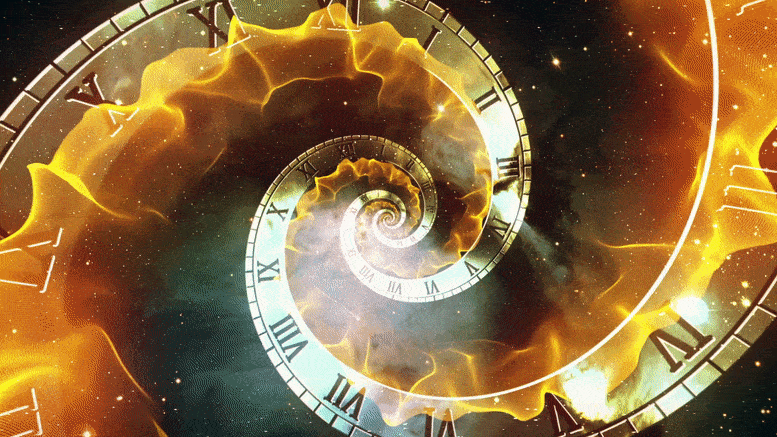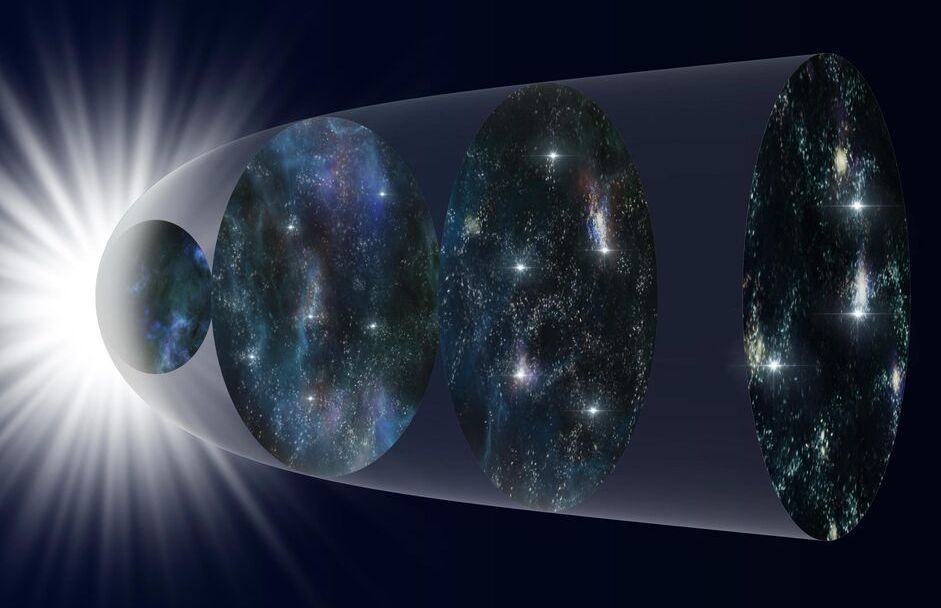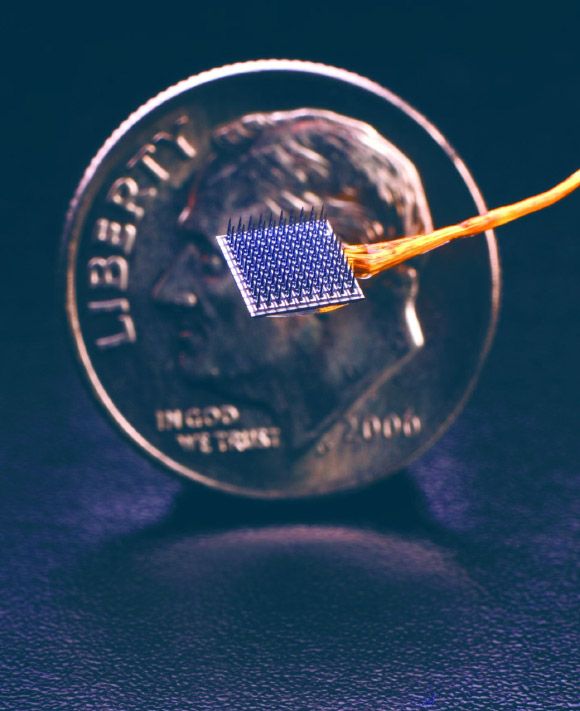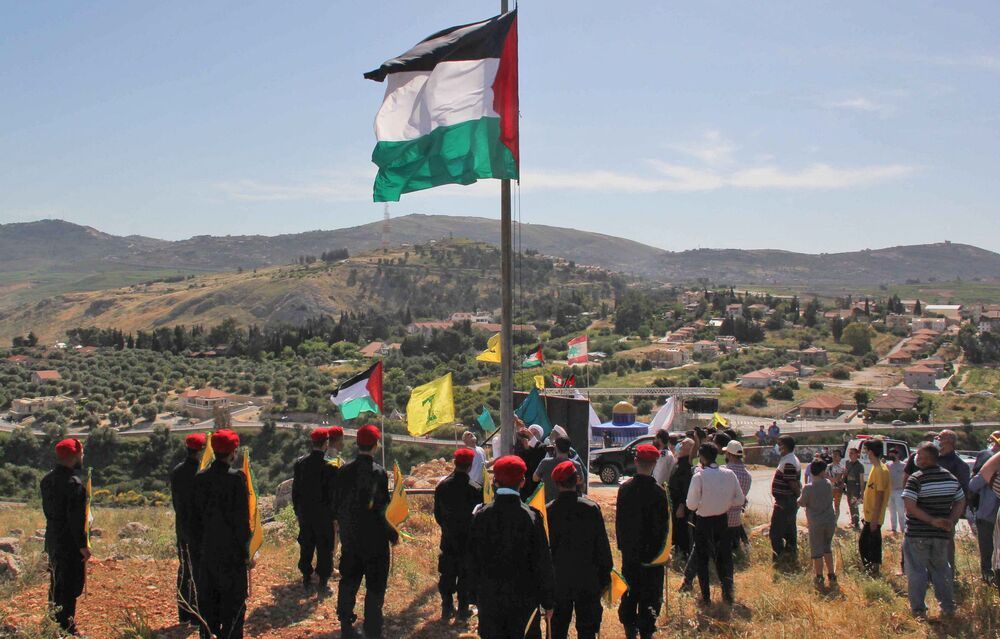A research group working at Uppsala University has succeeded in studying ‘translation factors’ – important components of a cell’s protein synthesis machinery – that are several billion years old. By studying these ancient ‘resurrected’ factors, the researchers were able to establish that they had much broader specificities than their present-day, more specialized counterparts.
In order to survive and grow, all cells contain an in-house protein synthesis factory. This consists of ribosomes and associated translation factors that work together to ensure that the complex protein production process runs smoothly. While almost all components of the modern translational machinery are well known, until now scientists did not know how the process evolved.
The new study, published in the journal Molecular Biology and Evolution, took the research group led by Professor Suparna Sanyal of the Department of Cell and Molecular Biology on an epic journey back into the past. A previously published study used a special algorithm to predict DNA sequences of ancestors of an important translation factor called elongation factor thermo-unstable, or EF-Tu, going back billions of years. The Uppsala research group used these DNA sequences to resurrect the ancient bacterial EF-Tu proteins and then to study their properties.






